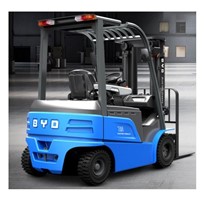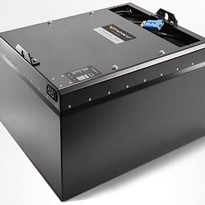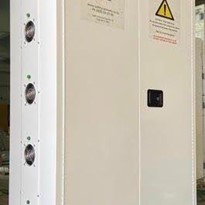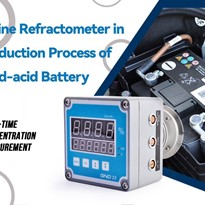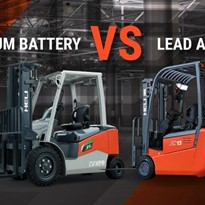Automotive batteries: Used to supply primary power to start engines on cars, boats and other vehicles. They provide a short burst of high current to get the engine started.
Standby/industrial batteries: Designed to be permanently connected in parallel with a critical load and a rectifier/charger system, where the rectifier/charger forms the primary source of power for the load and the battery provides the secondary source in the event of a primary source failure.
Portable batteries: Designed to power portable equipment such as consumer products and tools such as drills, mobile phones, laptop computers and so on.
Amtex Electronics provide a wide range of battery chargers, for just about any application, but today we will discuss the use of Lead-Acid batteries in Standby applications and some of the terminology used is such applications.
Terms Associated with Standby Batteries:
Cell: A cell comprises a number of positive and negative charged plates immersed in an electrolyte that produces an electrical charge by means of an electrochemical reaction. Lead acid cells generally produce an electrical potential of 2V.
Battery: A battery is a number of cells connected together.
String/bank: A battery string or bank comprises a number of cells/batteries connected in series to produce a battery or battery string with the required usable voltage/potential e.g. 6V, 12V, 24V, 48V, 110V.
Ah: The Ah or Ampere/hour capacity is the current a battery can provide over as specified period of time, e.g. 100Ah @ C10 rate to EOD of 1.75V/cell. This means the battery can provide 10 Amps for 10 hours to an end of discharge voltage of 1.75V per cell. Different battery manufacturers will use different Cxx rates depending on the market or application at which their batteries are targeted.
Typical rates used areC3, C5, C8, C10 and C20. Because of this it is important, when comparing batteries from different manufacturers having the same Ah rate, to confirm on what Cxx rate this figure is based.
Nominal voltage: The cell voltage that is accepted as an industrial standard. For lead acid batteries this is 2V
Charge voltage: The voltage that is applied to each cell, during normal float charging conditions. The charge voltage for lead acid batteries is typically 2.2.5V ~ 2.3V per cell.
Float charge: Similar to trickle charge. When a battery is fully charged, the trickle charge compensates for the self-discharge of a lead acid battery.
Boost charge: Charge given to a battery to correct voltage imbalance between individual cells and to restore the battery to fully charged state. This is typically 2.4V per cell.
EOD Voltage: End of discharge voltage is the level to which the battery string voltage or cell voltage is allowed to fall to before affecting the load i.e. 1.75V or 21V on a nominal 24V system. End of life factor. This is a factor included within the battery sizing calculation to ensure the battery is able to support the full load at the end of the battery design life, calculated by multiplying Ah by 1.25.
Temperature Derate Factor: As the energy stored within a battery cell is the result of an electro chemical reaction, any change in the electrolyte temperature has an effect on the efficiency or rate of reaction. i.e. an increase in temperature increases the efficiency/rate whereas a decrease in temperature reduces the efficiency/rate of reaction. As a result of this, all battery manufacturers’ discharge data will be specified at a recommended temperature (typically 20-25°C) with temperature corrections provided for operation above and below these values.
Temperature Compensation: The simplest way of maintaining the rate of reaction within design parameters is to alter the charge voltage at a rate proportional to the change in temperature, i.e. decrease the charge voltage with an increase in temperature above 20-25°C an decrease the charge voltage with a decrease in temperature below 20-25°C.
The typical change in charge voltage is 3 mV / °C.
Minimum information required to select and size a battery.
In order to size a standby battery the following data is generally required:-
System nominal voltage: The nominal voltage that the load requires e.g. 24V, 48V.
Load rating. Either current or power taken by the load during normal & primary power source failure.
Battery standby or autonomy time: The period that the battery is required to provide power to the load during primary power failure.
Normal operating or ambient temperature: The operating temperature in which the battery will be operating in.
Load voltage limits: The voltage range over which the load will safely operate.
----------------------------------------------
Understanding of the above terms, is the 1st step in the selection of a suitable battery and battery charger for both…Cyclic and Standby applications.
The 2nd step is to communicate as much information as possible about your application to your battery supplier and your battery charger manufacturer. Their knowledge and expertise will provide you to the right solution.
Further details can be found on our website, in the Applications Notes section.


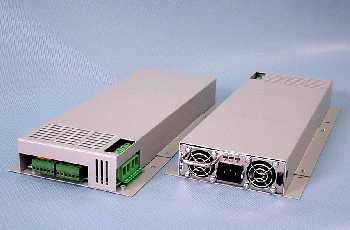


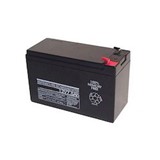
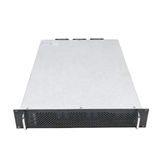



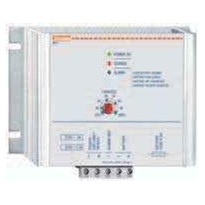
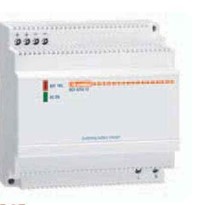

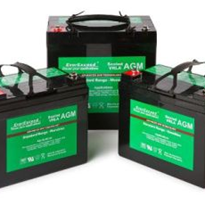
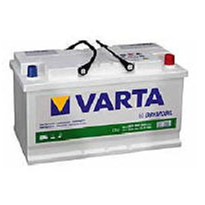
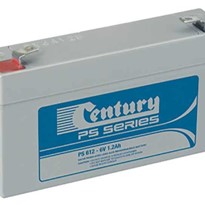
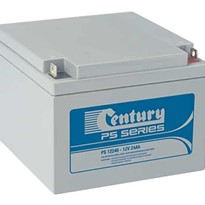
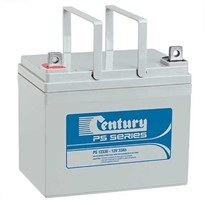
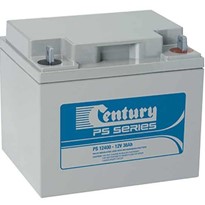
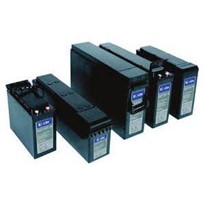
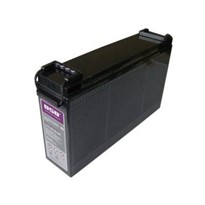
-205x205.jpg)
